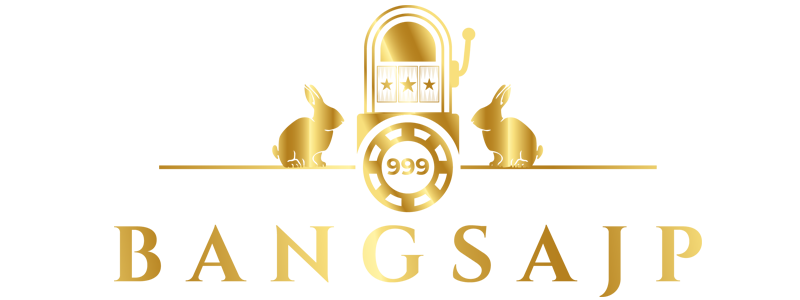BANGSAJP - Slot Gacor Maxwin Situs Slot Online Hari Ini Terbaru 2025
IDR 13.000
Bangsajp merupakan satu satunya situs slot gacor maxwin online terbaru tahun ini. Bangsajp juga menyediakan game gacor online hari ini yang dijamin membuat anda jackpot besar. Banyak sekali provider terkenal yang berkerja sama dengan bangsajp seperti pragmatic play, pgsoft, microgaming, slot88. Segera main di situs slot online jaminan anti kalah boncos hanya menggunakan link terbaru slot gacor maxwin disini!
Quantity:

